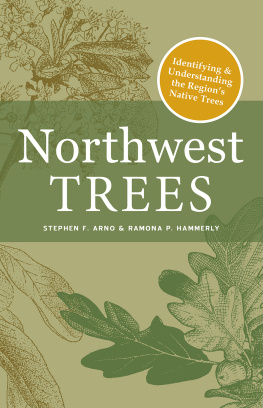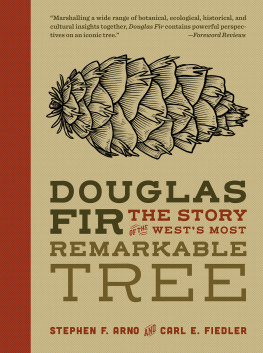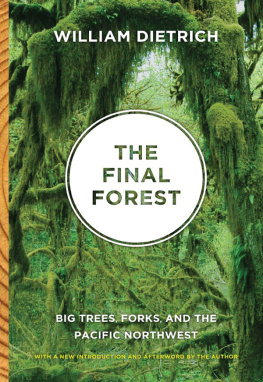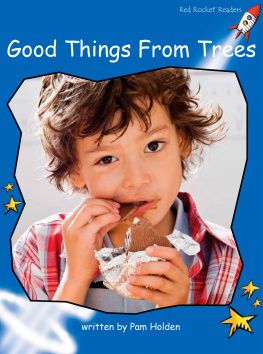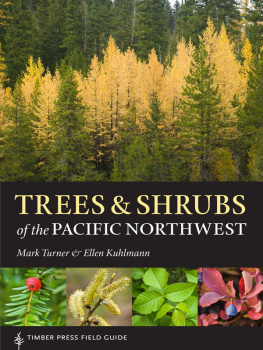Stephen F. Arno - Northwest Trees
Here you can read online Stephen F. Arno - Northwest Trees full text of the book (entire story) in english for free. Download pdf and epub, get meaning, cover and reviews about this ebook. publisher: Mountaineers Books, genre: Home and family. Description of the work, (preface) as well as reviews are available. Best literature library LitArk.com created for fans of good reading and offers a wide selection of genres:
Romance novel
Science fiction
Adventure
Detective
Science
History
Home and family
Prose
Art
Politics
Computer
Non-fiction
Religion
Business
Children
Humor
Choose a favorite category and find really read worthwhile books. Enjoy immersion in the world of imagination, feel the emotions of the characters or learn something new for yourself, make an fascinating discovery.
- Book:Northwest Trees
- Author:
- Publisher:Mountaineers Books
- Genre:
- Rating:3 / 5
- Favourites:Add to favourites
- Your mark:
- 60
- 1
- 2
- 3
- 4
- 5
Northwest Trees: summary, description and annotation
We offer to read an annotation, description, summary or preface (depends on what the author of the book "Northwest Trees" wrote himself). If you haven't found the necessary information about the book — write in the comments, we will try to find it.
Northwest Trees — read online for free the complete book (whole text) full work
Below is the text of the book, divided by pages. System saving the place of the last page read, allows you to conveniently read the book "Northwest Trees" online for free, without having to search again every time where you left off. Put a bookmark, and you can go to the page where you finished reading at any time.
Font size:
Interval:
Bookmark:

PRAISE FOR ANNIVERSARY EDITION OF NORTHWEST TREES
... treat someone else or even give yourself a copy to take on the next hike... Hammerlys detailed black-and-white drawings of needles, cones, leaves, twigs, and fruits make tree identification not only easier but a pleasure.
Seattle Post-Intelligencer
Ramona Hammerlys illustrations are worth the price of admission to Northwest Trees, although Stephen Arnos text... is just as important. Far more than an identification book, Trees provides a sense of place and the character of specific trees as well as scientific facts.
The Olympian
Part of the pleasure of reading Northwest Trees stems from its curious tidbits.... Reading Northwest Trees provides an opportunity for readers to branch out and learn more about familiar and foreign trees.
Klamath Falls Herald and News
Stephen Arnos 1977 classic is a book of true beauty.... This book is so rich in detailed, gorgeous illustrations that it should appeal to all book lovers, no matter what their degree of tree-huggability.
Portland Mercury
A masterpiece.
The Stranger, Seattle
A beautiful and meticulously illustrated book.
Inside Bozeman (MT) Magazine
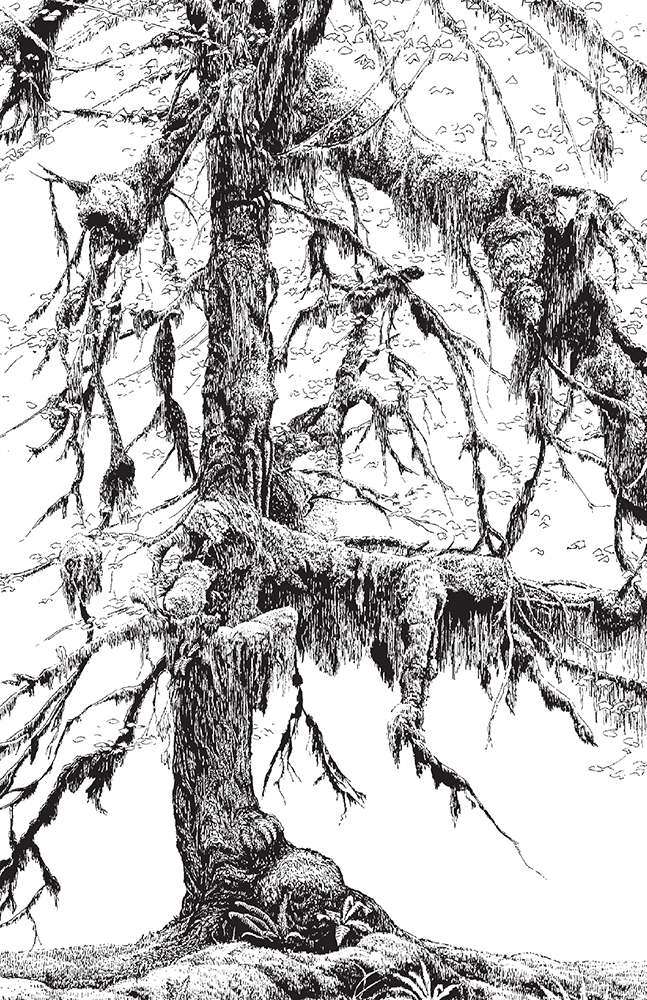
Northwest
TREES
Identifying & Understanding
the Regions Native Trees
STEPHEN F. ARNO & RAMONA P. HAMMERLY
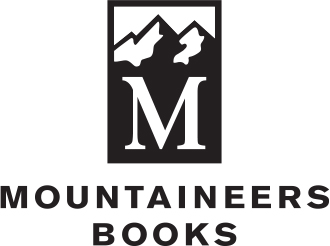

MOUNTAINEERS BOOKS is dedicated to the exploration, preservation, and enjoyment of outdoor and wilderness areas.
1001 SW Klickitat Way, Suite 201 Seattle, WA 98134 800.553.4453 www.mountaineersbooks.org
Copyright 2020 by Stephen F. Arno and Ramona P. Hammerly
All rights reserved. No part of this book may be reproduced or utilized in any form, or by any electronic, mechanical, or other means, without the prior written permission of the publisher.
Mountaineers Books and its colophon are registered trademarks of
The Mountaineers organization.
Printed in the United States of America
Distributed in the United Kingdom by Cordee, www.cordee.co.uk
First edition, 1977. Anniversary edition, 2007. Field guide edition, 2020.
Design and layout: Heidi Smets
Cartographer: Erin Greb
All illustrations by Ramona Hammerly unless credited otherwise
Cover illustrations: Ramona Hammerly
Frontispiece: Bigleaf maple draped with moss in a rainforest
Two drawings in this edition are from Forest Trees of the Pacific Slope by George B. Sudworth, published in 1908: Utah juniper on p. 178 and thinleaf alder on p. 212 (right).
Library of Congress control number is 2020938596.
Mountaineers Books titles may be purchased for corporate, educational, or other promotional sales, and our authors are available for a wide range of events. For information on special discounts or booking an author, contact our customer service at 800-553-4453 or .
ISBN (paperback): 978-1-68051-329-5

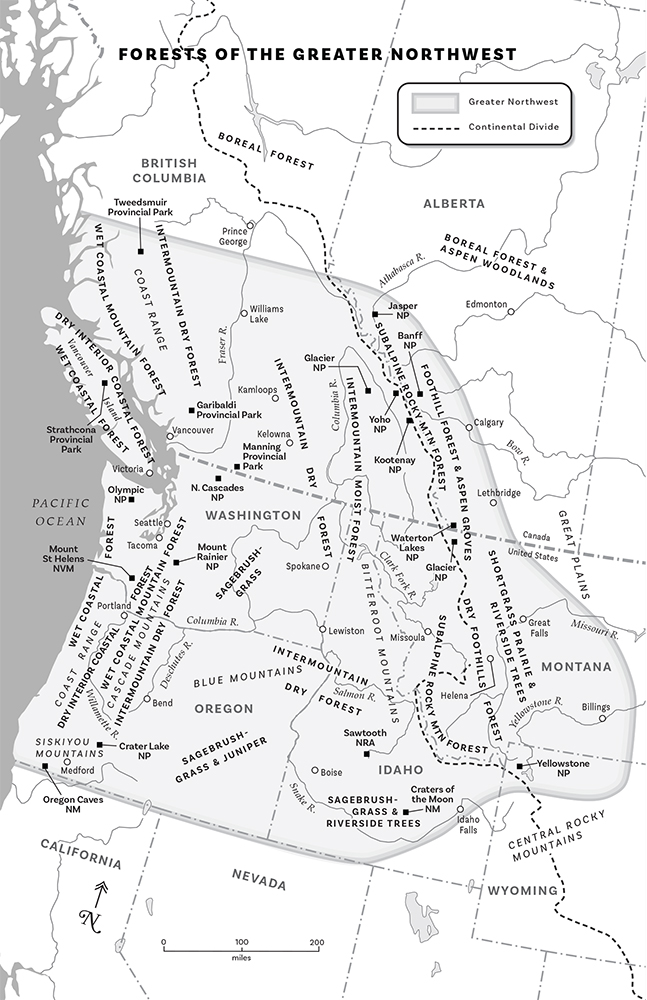
Over four decades after it first appeared, Northwest Trees continues to be in demand despite the advent of many new books focusing on tree identification. Evidently people value a book that delves deeper, capturing the character of native trees in beautiful, meticulously accurate drawings and conveying the qualities of each species in an engaging account. New knowledge of native trees spurred us to develop an updated edition in 2007, now reproduced in this smaller, more compact format. It covers southern British Columbia, Washington, Oregon, southwestern Alberta, most of Idaho and Montana, and the greater Yellowstone National Park area of northwestern Wyoming (see map on facing page).
This book profiles more than sixty native species that commonly attain treelike stature, defined as 20 feet (6 m) or taller. Drawings and narrative descriptions portray each trees general characteristics, where it grows, its appearance, how it fits into the environment, how it responds to natural and man-made disturbances, and how people have used and valued it through the ages.
For example, western redcedar is the tree of life to coastal Native peoples, who use it for clothing, shelter, and transportation and to procure and preserve food. Some Native tribes of the interior Northwest peel bark from ponderosa pines to obtain the sugary inner bark, and some bark-peeling scars made a few hundred years ago can still be seen on living trees. Douglas-fir is well known, but how many people realize that this exceptional species adapts to habitats ranging from coastal rain forest to high-mountain sites and arid plains east of the Rockies? Readers meet our regions two species of deciduous conifers called larchone a towering tree that survives great fires, the other a short, sturdy dweller of alpine peaks so hardy it leafs out in June while still standing in snow. Its companion, whitebark pine, bears nutlike seeds that birds and squirrels compete to harvestthe birds ultimately planting new seedlings, while the squirrels seed caches provide essential food for grizzly bears. The little Pacific yew supplied bows for Northwest Natives, but in the 1990s it became famous, and threatened with overexploitation, as the prime source for a cancer cure. In parts of Idaho, this low-growing tree can outcompete and ultimately replace the spruce and fir that soar high above it.
The Northwests broad-leaved trees are also intriguing. They include the broad-crowned bigleaf maples in coastal rain forests that are laden with thick drapes of hanging moss, which in turn support a crop of fernsa photographers delight. In contrast, hunched-over netleaf hackberry trees provide welcomed shade in the barren bottom of torrid Hells Canyon. Hackberry is one of the many fruit-and nut-bearing broad-leaved trees we profile.
The identification guide, or key, uses the simplest, most reliable characteristics and nontechnical language to help distinguish each species. However, keys are artificial constructs aimed at helping people sort out the messy, often intergrading divisions in nature that we call species. For our key, we have used the best information available from various sources and translated it from technical features and terminology, but we cannot make it perfect, nor can we construct it so that people can apply it without reading about and studying a trees most accessible features. However, we believe it is a superior key to Northwest trees for general audiences.
This book covers trees of the Greater Northwest, a region nearly twice the size of Texas. Our regions abundance of trees developed under the influence of a climate heavily influenced by the North Pacific Ocean. Oceanic air masses dry out as they push inland through rugged mountains, mixing with air masses from the center of the continent that are hotter in summer and colder in winter. Still, our region is the only place in North America where Pacific coast tree species spread inland to the crest of the Rocky Mountains. Highly variable geology and soils also contribute to the diversity of the Northwests trees. Although our region has about equal numbers of conifer and broad-leaved species, conifers dominate the forests and are among the largest and oldest of their kind in the world. In contrast, most other temperate-zone forests worldwide are made up mostly of deciduous broad-leaved trees such as oaks and maples.
Font size:
Interval:
Bookmark:
Similar books «Northwest Trees»
Look at similar books to Northwest Trees. We have selected literature similar in name and meaning in the hope of providing readers with more options to find new, interesting, not yet read works.
Discussion, reviews of the book Northwest Trees and just readers' own opinions. Leave your comments, write what you think about the work, its meaning or the main characters. Specify what exactly you liked and what you didn't like, and why you think so.

